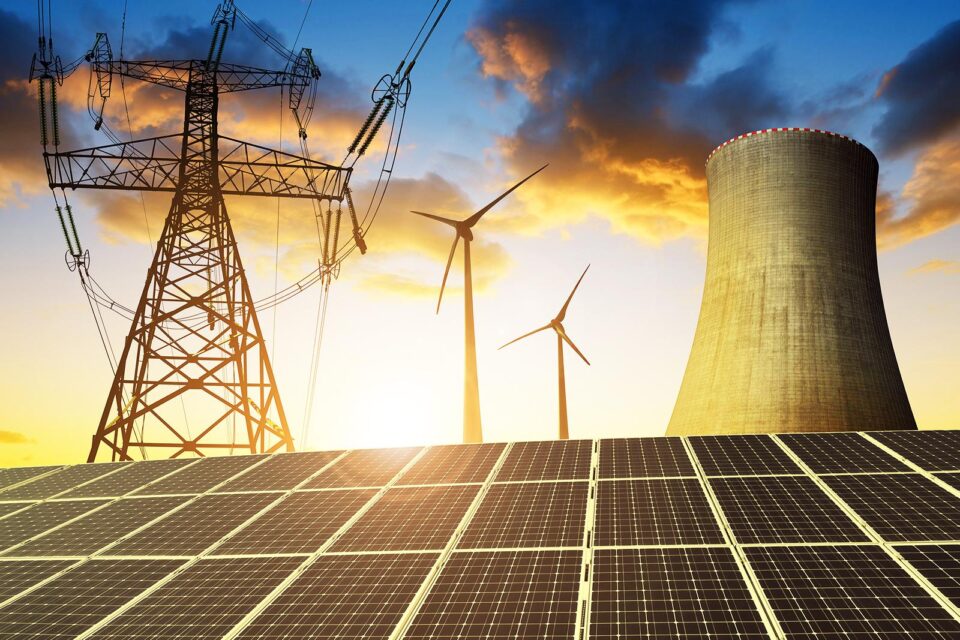As developing economies (particularly Asian and African) grapple with the ever-increasing demand for energy and the pressing need to reduce carbon emissions, finding a sustainable and efficient way to balance power demand has become a paramount concern
One promising approach involves the integration of renewable energy sources with gas power projects. This synergistic combination not only addresses the intermittent nature of renewables but also provides a flexible and reliable energy solution for a growing global population.
Renewable energy sources (such as solar, wind, and hydropower) have become increasingly popular in recent years. They offer the advantage of harnessing energy from natural processes, which reduces the reliance on fossil fuels and mitigates the environmental impact of traditional power generation. However, renewables are intermittent – they do not produce electricity all the time. Solar panels, for example, only produce electricity during daylight hours and wind turbines depend on wind patterns. To ensure a continuous power supply, a way to store excess energy and have backup sources is required.
Gas power projects play a crucial role in this regard. Gas power plants are known for their flexibility and reliability. They can quickly ramp up or down their energy production to meet demand, making them an excellent complement to renewable energy sources. Natural gas, a cleaner-burning fossil fuel, emits fewer greenhouse gases compared to coal or oil, making it a more environmentally-friendly option for alternate power.
Integrating renewables and gas power projects also enhances grid stability. When supply and demand fluctuate drastically, the power grid faces challenges. Gas power plants can act as a stabilising force, helping to maintain a consistent voltage and frequency. Furthermore, excess energy generated from renewables can be stored in batteries or used to produce hydrogen, which can then be used during periods of high demand or low renewable output. This energy storage capacity is essential for ensuring a continuous power supply.
In addition to the environmental benefits, integrating renewables and gas power projects also offers economic advantages, including helping to stabilise energy prices by reducing the volatility associated with fossil fuel markets.
Balancing power demand through the integration of renewable and gas power projects is a strategic and sustainable approach to meet the world’s growing energy needs while reducing carbon emissions. By leveraging the strengths of each technology, a reliable and resilient energy supply that supports economic growth and environmental conservation can be ensured. As the world continues advancing renewable energy and gas power technologies, this synergistic approach holds the key to a cleaner and brighter future for generations to come.
This article is authored by Synergy Consulting IFA. For more information, reach out to: synergy@synergyconsultingifa.com




